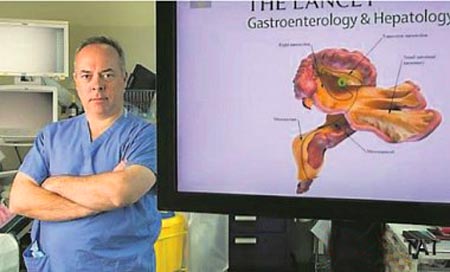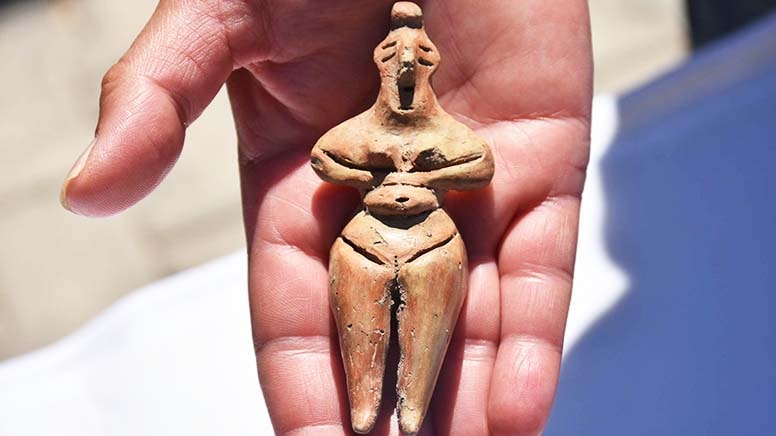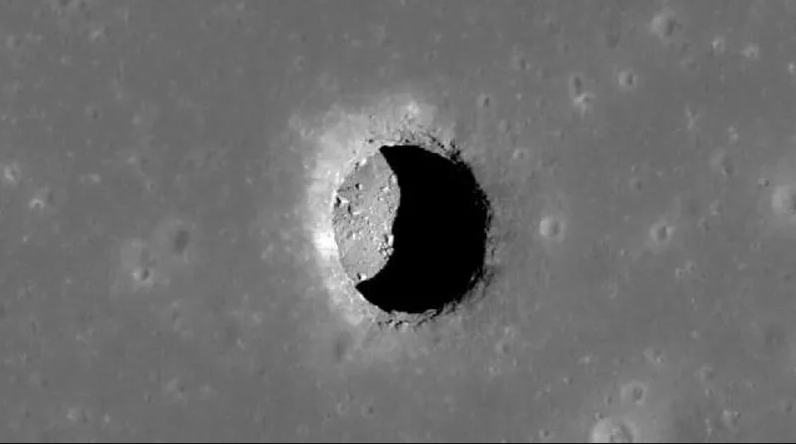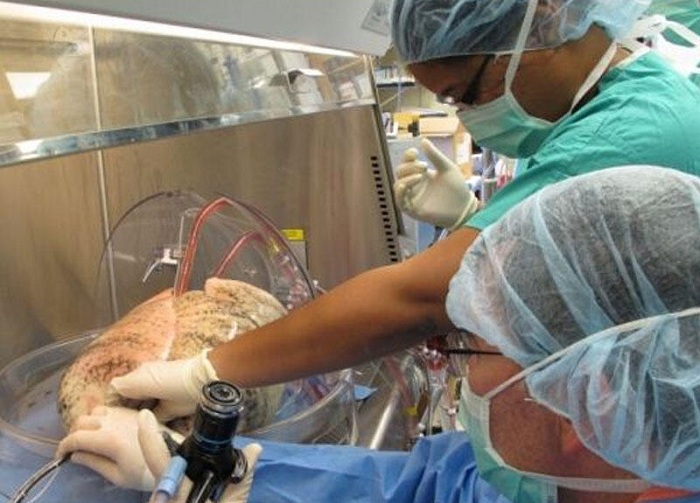
- A-
- A
- A+
A brand-new human organ has been classified
Researchers have classified a brand-new organ inside our bodies, one that's been hiding in plain sight in our digestive system this whole time.
Although we now know about the structure of this new organ, its function is still poorly understood, and studying it could be the key to better understanding and treatment of abdominal and digestive disease.
Known as the mesentery, the new organ is found in our digestive systems, and was long thought to be made up of fragmented, separate structures. But recent research has shown that it's actually one, continuous organ.
The evidence for the organ's reclassification is now published in The Lancet Gastroenterology & Hepatology.
"In the paper, which has been peer reviewed and assessed, we are now saying we have an organ in the body which hasn’t been acknowledged as such to date," said J Calvin Coffey, a researcher from the University Hospital Limerick in Ireland, who first discovered that the mesentery was an organ.
"The anatomic description that had been laid down over 100 years of anatomy was incorrect. This organ is far from fragmented and complex. It is simply one continuous structure."
Thanks to the new research, as of last year, medical students started being taught that the mesentery is a distinct organ.
The world's best-known series of medical textbooks, Gray's Anatomy, has even been updated to include the new definition.

 Elm TV
Elm TV
 Photo
Photo
 Video
Video





